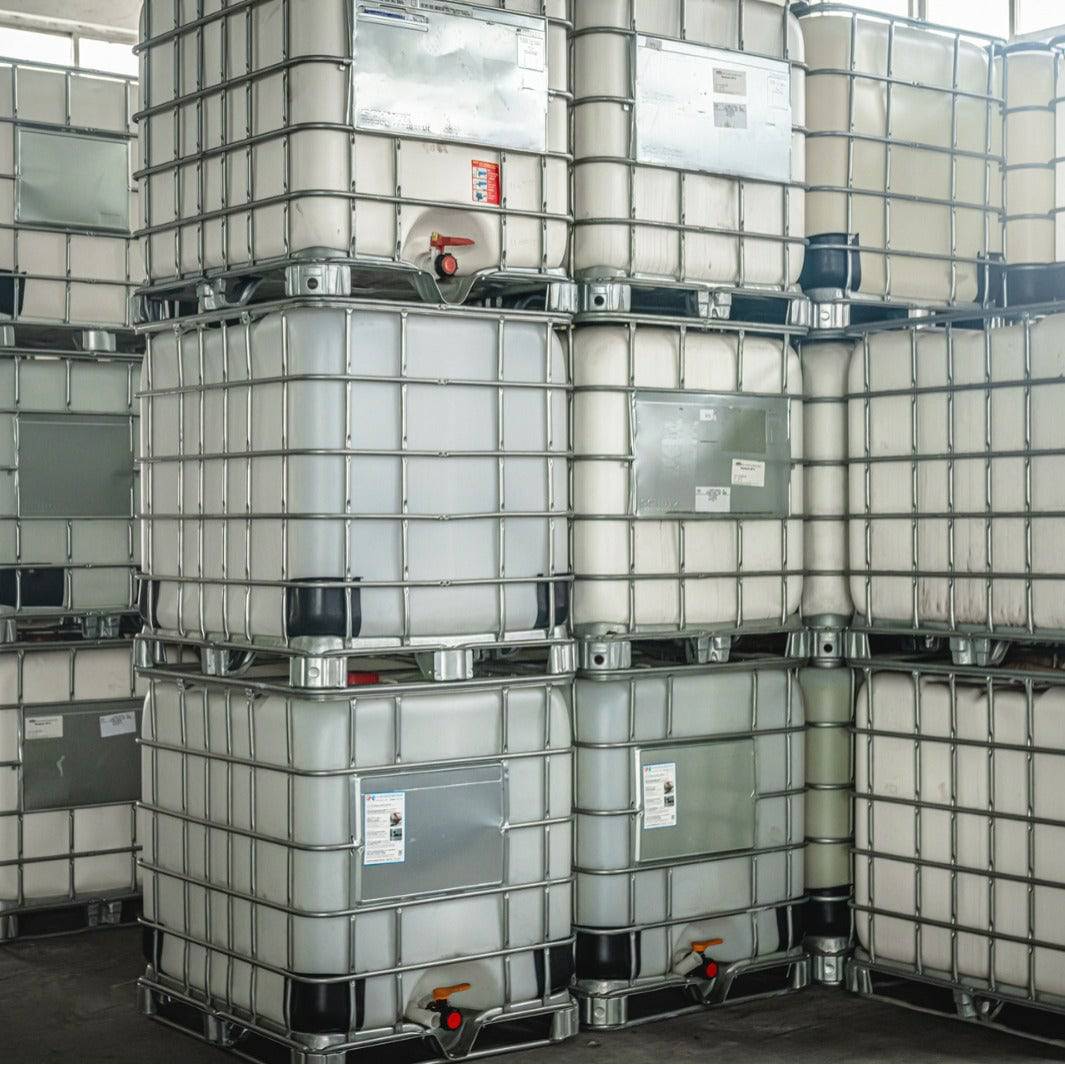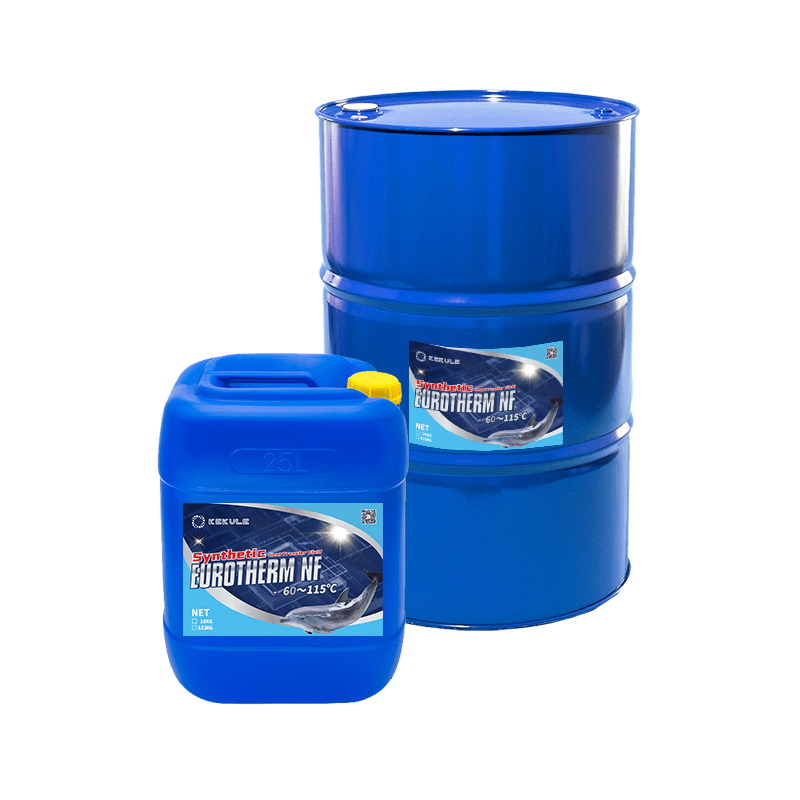A Biased View of Chemie
Little Known Facts About Chemie.
Table of ContentsOur Chemie StatementsNot known Incorrect Statements About Chemie Chemie - The FactsFacts About Chemie UncoveredThe Definitive Guide for ChemieIndicators on Chemie You Should Know
(https://www.blogtalkradio.com/betteanderson)Calculated modification in electric conductivity of liquid examples as a function of time when mixed with the material example in the shut indirect air conditioning loophole experiment. Figure 6 reveals the modification in the gauged electric conductivity of the fluid examples when stirred with the material sample. The conductivity of the water example from the closed loophole experiment decreased by approximately 70% from 11.77 S/cm to 3.32 S/cm in six hours.These outcomes suggested that the capacity of the resin relies on the examination liquid made use of for the experiment. This shows that various ions existing in the fluid will lead to various ion exchange capacity of the liquid. Computing the ion exchange resin capability with the liquid example from the real cooling loophole is essential.
Top Guidelines Of Chemie
An ion exchange resin cartridge including 20g of Dowex blended bed material may take on order 938 days to fill - high temperature thermal fluid. Simply put, to preserve a low electrical conductivity, a resin cartridge with the measurement and weight specification as that of the resin cartridge made use of in the experiment, require to be changed every 30 months for the air conditioning system that was used in the experiment
The cooling of digital parts has actually become a major challenge in recent times due to the developments in the layout of faster and smaller components. The usage of a liquid coolant has ended up being attractive due to the greater warmth transfer coefficient attained as compared to air-cooling.
The Single Strategy To Use For Chemie
A single phase air conditioning loophole consists of a pump, a warmth exchanger (cool plate/mini- or micro-channels), and a heat sink (radiator with a fan or a liquid-to-liquid warm exchanger with cooled water air conditioning). The warm source in the electronics system is connected to the warmth exchanger.
The demands might differ relying on the kind of application. Complying with is a listing of some basic needs: Great thermo-physical buildings (high thermal conductivity and particular heat; low viscosity; high latent warm of dissipation for two-phase application) Low cold point and burst point (occasionally ruptured security at -40 C or reduced is needed for delivery and/or storage space purposes) High climatic boiling factor (or low vapor stress at the operating temperature) for solitary phase system; a slim desired boiling point for a two-phase system Great chemical and thermal security for the life of the electronic devices system High flash point and auto-ignition temperature level (in some cases non-combustibility is a need) Non-corrosive to products of building (steels along with polymers and other non-metals) No or very little regulatory constraints (eco-friendly, harmless, and potentially biodegradable) Economical The most effective electronic devices coolant is an inexpensive and safe fluid with outstanding thermo-physical buildings and a lengthy life span.
An Unbiased View of Chemie
Most of these liquids have a non-discernible smell and are safe in situation of contact with skin or consumption. As stated before, aliphatic PAO-based liquids have actually replaced the silicate-ester fluids in a selection of armed forces electronic devices (and avionics) cooling down applications in the last years. An additional class of prominent coolant chemistry is dimethyl- and methyl phenyl-poly (siloxane) or commonly called silicone oil.
Fluorinated substances such as perfluorocarbons (i.e., FC-72, FC-77) hydrofluoroethers (HFE) and perfluorocarbon ethers (PFE) have specific unique buildings and can be utilized in contact with the electronics [4, 8] First of all, these liquids are non-combustible and safe. Some fluorinated compounds have no ozone depleting prospective and various other environmental homes.
Ethylene glycol is colorless and practically odor free and is completely miscible with water. When properly prevented, it has a fairly reduced corrosivity. This coolant is categorized as poisonous and ought to be taken care of and disposed of with treatment. The top quality of water made use of for the preparation of a glycol solution is very vital for the system.
Chemie for Beginners

Apart from absence of toxicity, it has no advantages over ethylene glycol, being greater in expense and even more viscous. This is an affordable antifreeze service, finding usage in refrigeration services and ground source heatpump. Similar to glycols, this can be inhibited to stop corrosion. This liquid can be utilized to -40 C because of its relatively high price of warm transfer in this temperature range.
It is considered more hazardous than ethylene glycol and consequently has found use only for process applications located outdoors. Methanol is a flammable liquid and, as such, presents learn this here now a possible fire risk where it is saved, managed, or made use of.
Getting The Chemie To Work
As a combustible fluid, it needs certain safety measures for managing and storage space. Aqueous options of calcium chloride discover wide usage as distributing coolants in food plants. It is non-flammable, non-toxic and thermally a lot more effective than the glycol options. A 29% (by wt.) calcium chloride solution has a freezing factor listed below -40 C.
